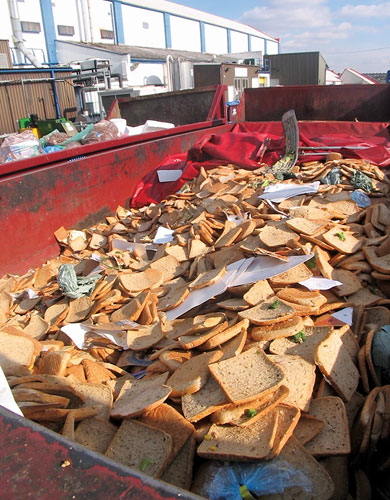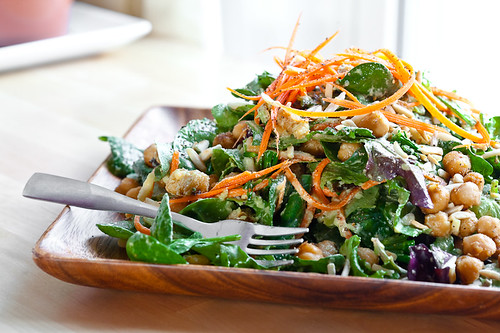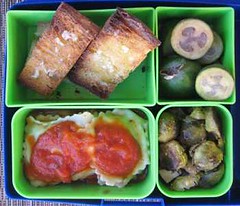We all know that hard plastic such as plastic bottles and containers can be recycled through kerbside recycling bins, but until now our household has been putting flexible plastics in the rubbish (meaning off to landfill).
We now gather all soft plastic in a separate bag and take them to our local Coles supermarket to the Redcycle bin located at the front of the store. From there, the bags are used by Australian recycled plastic manufacturer Replas to make a range of products such as outdoor furniture, bollards and decking.
For those not able to visit Coles, we have asked Redcycle to let us know whether there are other options for non-metro residents to drop off bags.
The greenie ideal is for product manufacturers and distributors to take responsibility for their product throughout its entire lifecycle, including what happens to it at the end of its life. Redcycle is a true product stewardship model where everyone involved in the life cycle of a product, including the consumer, has a role to play.
Soft plastic bags are a great scourge on our environment, ending up in our waterways and oceans. Alternatively, they are dumped in landfill or transported overseas to be dealt with there (that's another story!). Recycling plastic bags not only helps reduce the pollution, but it also reduces the need to use precious resources to make virgin plastic.
What types of flexible plastic bags can be recycled?
- ✓ Bread bags
- ✓ Biscuit packets
- ✓ Frozen food bags
- ✓ Rice and pasta Bags
- ✓ Confectionery packets
- ✓ Cereal Box Liners
- ✓ Newspaper wrap
- ✓ Plastic shopping bags
- ✓ Old green bags
Find more info here about Redcycle, an initiative of Melbourne based consulting and recycling organisation Red Group.
Greenie fact
According to Clean Up Australia, Australians are sending 429,000 soft plastic bags to landfill every hour. That seems an incredible number!



























